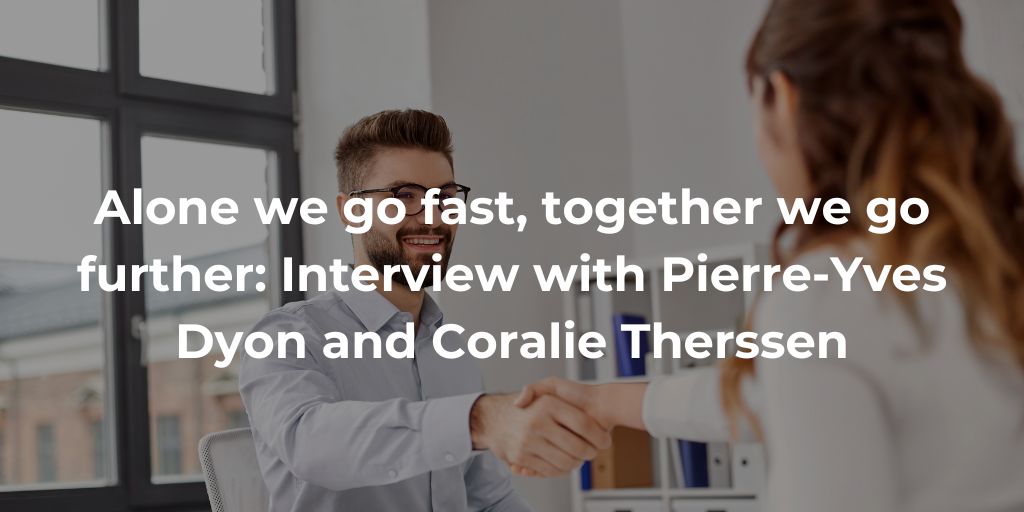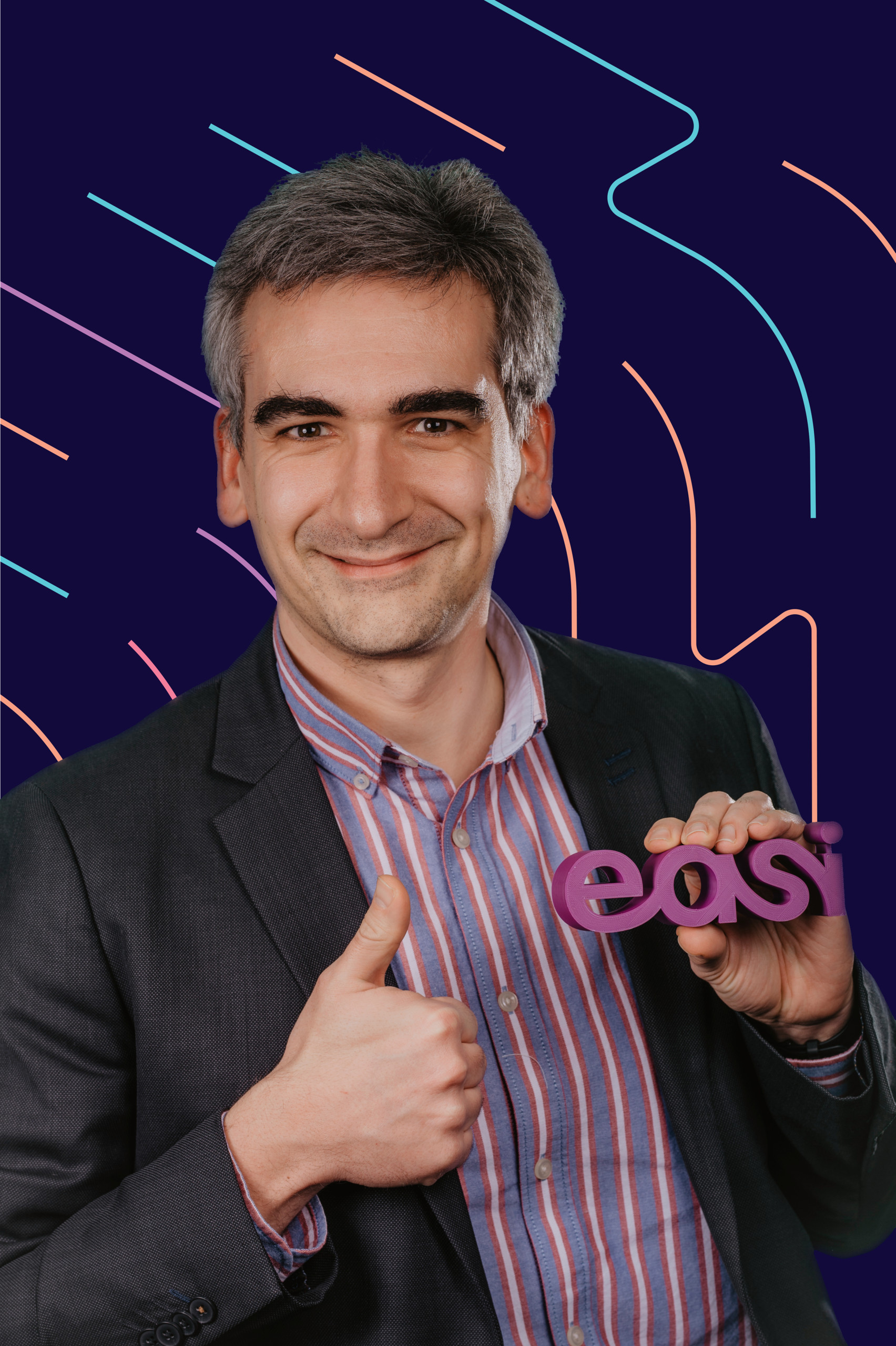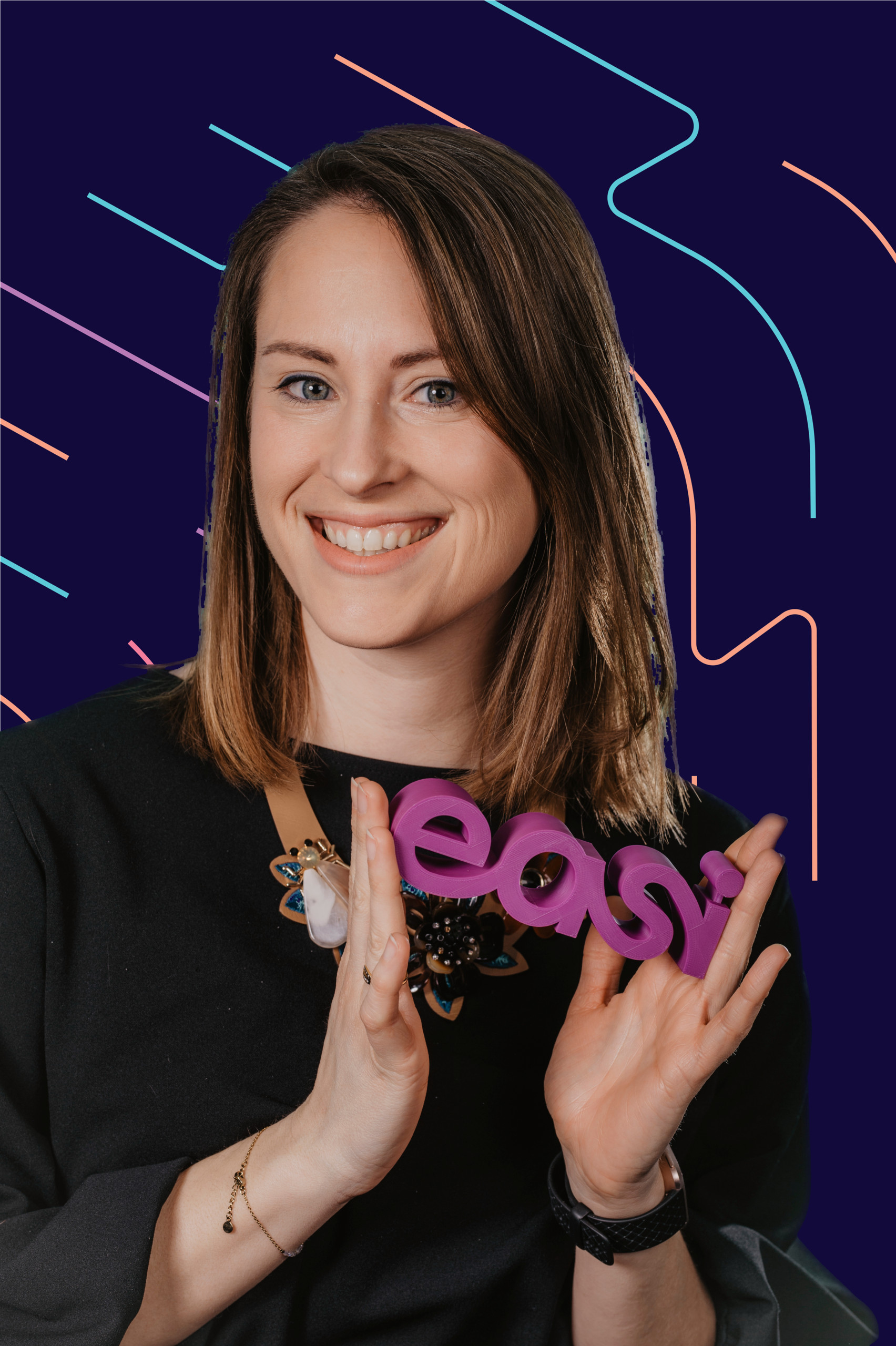Coralie, this first question is for you, because we know Pierre-Yves a little already from his interview on the ITIL Journey back in 2022. How did you arrive at your current position, and what kind of projects are you working on mostly? What do you like about it?
I began my career by providing support to strategic consultants. Without knowing it, this is where I started unconsciously to train my PM skills.
After gaining valuable insights, I transitioned to a role at a Big 4 firm, where I initially provided back-office support. This role evolved into a position as an IT consultant, where I conducted internal & statutory IT audits, SOC reports (Service Organisation Controls), SOX controls*, and risk assessments, among other responsibilities. This diverse experience equipped me with a good all-around understanding of both technical and regulatory aspects of IT.
*The Sarbanes-Oxley Act of 2002 (SOX) is a U.S. audit regulation covering financial reporting rules.
With a solid foundation in IT consulting, I made the leap into the dynamic world of project management at Easi, where I’ve now been working for almost 4 years. My journey at Easi has brought me a lot of variety in my job (due to our growth, our constant need to rethink our processes and the growing number of solutions we are offering).
Amongst other projects, Easi made it possible for me to lead a big decentralisation project of one company splitting into 3 distinct entities (on infrastructure and organisational/business level), and a major worldwide SDWAN (software-defined wide area network) implementation project for a big player in the broadcasting world.
Pierre-Yves, we know that you are now an official ITIL Master, and that you work on continual improvement of the PM and SDM methodologies within Easi. Can you elaborate on any recent projects where you felt “stronger together”?
Since the beginning, I’ve never worked alone on those improvement initiatives.
I find it very important to be able to exchange ideas with colleagues, to confront our points of view and to challenge each other in order to go further and to reach a higher level of excellence (which is one of Easi’s core values).
We have also set up a community of PMs & SDMs within our infrastructure department. Today we are all split between different teams, but we built that virtual team in order to share best practices and experiences and to align and standardise our way of working.
We even chose a name: Sadaï Kanuseï which is Japanese for “Full Potential”. This is exactly what we want to reach!
Furthermore, we have a core team of 4 people, together with Coralie but also our colleague Erwin and our manager Jean-Michel to establish the directions for the whole group. As the founder of Easi, Salvatore Curaba, likes to say: “Alone we go fast, together we go further”. This group is a perfect example of how we can be stronger together.
We are fostering a culture of constant feedback, and we are often sharing success stories but also lessons learned which allow us to always perform better as a group.
How do you complement each other’s strengths when working together on implementing IT service management tools?
There are several elements to this, but it boils down to being able to challenge each other whilst keeping a profound respect.
From the start our personalities and shared interest in always bringing improvement has made our collaboration quite easy. Having both worked in large IT companies before, we can both leverage on a strong experience that is quite complementary. Pierre-Yves has been a hands-on engineer, whilst Coralie was more focussing on controlling what has been implemented.
Furthermore, we have opposite characters. Pierre-Yves being more analytic, he is very detail oriented and makes sure tasks are completed on schedule. Coralie’s creative side brings her a unique problem-solving approach, allowing to overcome obstacles by thinking out of the box.
Even if different, we have learned to trust in each other’s competence so we can be honest with each other, accept feedback and make it constructive. We can then freely exchange ideas, brainstorm, and tell each other where we see that something might be wrong or could be improved.
This trust also allows us to split the work whilst knowing that even the part we are not doing personally will be done correctly, especially as we know our strengths and weaknesses and take them into account when assigning work.
In implementing the new ticketing tool, how did you divide the responsibilities between your roles and what challenges did you face?
This was above all a team effort.
We both had a role to play (obviously) but we also wouldn’t have made it without our technical colleagues who worked on the setup of the tool! Furthermore, we could count on our champions from various roles who helped the team define the best use of the tool.
We defined what had to be done for this project and then divided the work considering both our skills, but also our availability (because we still kept on helping our customers during this project).
About the challenges, we remember two main topics:
- The first one was about Organisational Change Management and communication: a lot of people were impacted by the change of tool, both internally (the support engineers) and externally (the customers).We had to put a lot of care and attention in the communication towards those stakeholders, in order to make sure that they were on board with the change and that they would find their way with the new tool. We tackled this by integrating the input of our champions in our communication plan. For our customers we used a similar approach: we could count on a few of them as test accounts and immediately incorporated their feedback in the final setup & user guides.
- The second topic was linked to the setup of the tool. We were already working in a very integrated and automated way by having several tools working seamlessly together. We had to put a lot of care and attention to make sure that this new tool would find its place within this ecosystem. We also focused on user friendliness for our Engineers and our Customers. Furthermore, at some point we had to go back to the drawing board to make sure that our design of the tool would remain future proof and aligned with our upcoming needs.
Looking back on this project, is there anything you would approach differently in your next collaboration and how do you think those changes would improve the outcome?
At the start of the project, we were missing technical knowledge of the new tool and had to rely solely on our implementation partner.
Our knowledge on the implementation possibilities was still limited, therefore we had to frequently re-evaluate / adapt our decisions.
Now that we have acquired those skills, the collaboration with the implementation partner is much smoother, we understand each other better and we can go further together.
We can delve deeper in the understanding of the tool, challenge the suggested options and make the right decisions more quickly.
Do you have any tips for effective teamwork and ensuring smooth communication in complex IT projects?
Ensure that the entire team is aligned with the project’s goals. This creates a sense of unity and purpose. As the human touch is critical in every project, it is important that the whole team gets along.
Openness of communication with mutual respect is crucial.
You also need to be open to constructive criticism and understand that your own point of view is not always the best one and be ready to change for the better.
You need to be transparent, provide feedback regularly and quickly (through meetings, dashboards & updates, sharing minutes of meetings) so it can be processed in time. This also ensures the team’s alignment and awareness of each other’s progress. This not only helps identifying and resolving issues promptly, but it also fosters a sense of teamwork and mutual respect. This is crucial, especially for very complex projects where regular touchpoints cannot be forgotten.
On top of this, the level of communication needs to be aligned to the different types of stakeholders related to the project. If we take our ITSM tool implementation project as an example:
- C-Level communication: this migration was considered as a critical project at Easi not because of the size of it but because of the impact it could have on our customers. Therefore, our Executive Committee asked for a regular high-level status of the project.
- Colleagues involved in the project: a detailed communication about the ‘how’ and ‘when’ was needed. This communication ensured everybody remained on deck with the same motivation to achieve a common goal.
- Colleagues not involved: a more general information was spread regularly about changes and milestones. Besides communication, training was also foreseen.
- Customers: as previously said, the tool had to be adopted by our customers as well and contribute to their higher level of satisfaction in the future. It was crucial to keep them in touch with the change but also to collect their feedback and react quickly where needed because some malfunctioning could have a negative impact on their business too. This last aspect was certainly the most important one.As we can see, in such a project, a one size fits all approach in terms of communication is far from the reality because each phase required specific messages to specific people.
We are strong believers in physical meetings. Physical proximity plays a crucial role that we tend to underestimate in our digital age. Tools like Microsoft Teams or Google Meet offer numerous benefits; however, they can’t replicate the same level of spontaneity and informal interactions that come from being physically present with colleagues. Hallway conversations, shared laughter, and quick, impromptu exchanges can lead to innovative ideas. These often-unexpected moments contribute to a unique work dynamic that virtual interactions struggle to match.
- Cross-organisational alignment
One last point is about working with different organisations: you can have a good level of control on teamwork and communication within your own organisation and even with the people from other organisations with whom you are working directly. But you must not forget other people in those organisations who you are not talking to directly but who can be impacted by your project. And make sure they also receive the right level of information.
What advice would you give to organisations looking to adopt new IT service management tools?
Every organisation should start with identifying their needs by understanding the shortcomings of their current tool and how they want the new tool to solve these.
Once this is clear, they should evaluate the options thoroughly by researching and evaluating different ITSM tools available in the market. Look for features that align with their objectives.
Stakeholders cannot be forgotten either. The organisations should collect all requirements from implementers and end-users to ensure the tool addresses their pain points and enhances their workflows. Implementing a new Service Management tool will have an effect on their practices.
Organisations need to align the tool to their existing situation (Start where you are) but nevertheless there will be some impact. It is also the perfect opportunity to think about their existing practices and to seize this opportunity in order to improve them.
Therefore, having a good knowledge of ITIL will give a head start and, more specifically, allow you to focus on the practice guides to see how they can be applied.
Last but not least: it is crucial to provide the necessary training to all stakeholders. Comprehensive training sessions for employees and end-users ensure that they are comfortable using the new tool.
QRP International is an Accredited Training Organisation (ATO) for ITIL. Would you like to know more about ITIL? Visit our ITIL courses page.










